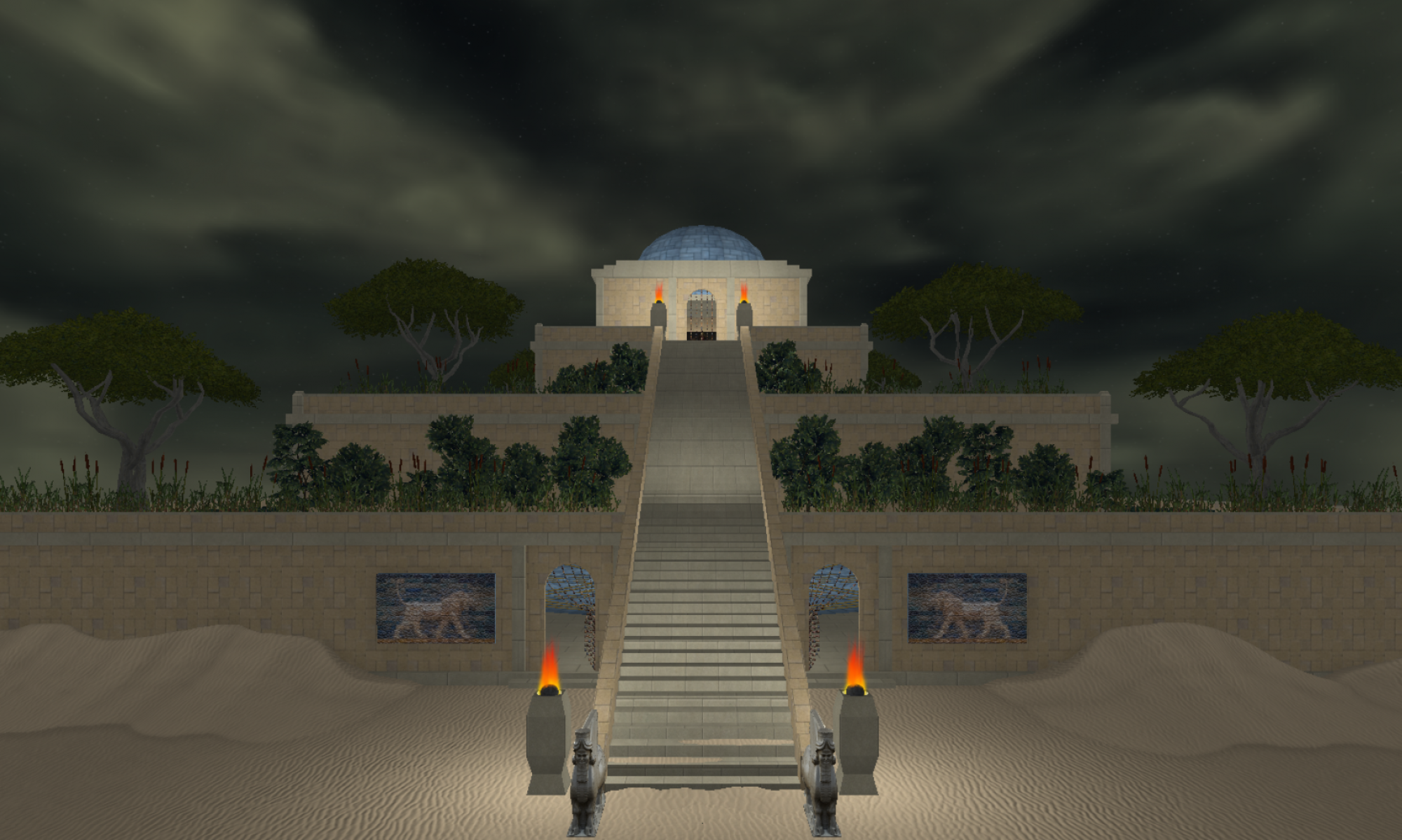One might think, on the surface of things, that Wicca and Gnosticism have nothing to do with each other. In terms of lineage, origin and time they emerged this is certainly true. However, when we look past all those kind of superficial things, we start to realize that in fact they have a lot in common.
Firstly, both traditions emerged from practical esotericism and spirit conjuration. Wicca came from a combination of the western magical traditions plus a bit of ceremonial magic and herbalism and a dash of theatrics in an era when fear of witches was starting to decline and anti-witchcraft laws had finally begun to fall off the books. Gnosticism emerged in ancient Roman-occupied Judea. Both involve spirit contact and practice of rituals, spirit contact, séances and magic.
More interestingly though, Wicca and Gnosticism both have very similar worldviews with the biggest differences being the shape of their respective creation myths and how they answer for the existence of evil in the world.
In traditional Wicca, there is a transcendent divine being that makes up all of creation and all things are emanated from it and to it all things will eventually return, which is often called The All, the Source, Dryghten or a whole host of other names. Then emanated from that are two gods, the divine feminine and divine masculine, generally referred to as simply the goddess and god. These gods further emanate down into the all the various gods and goddesses Wiccans interact with and wear those forms as sort of masks for us to interact with since we can’t comprehend the fullness of the gods. The goddess and god are dual-natured, encompassing all the negative and positive traits of their roles and what they represent in the universe. Wiccans simply choose only to focus on and interact with the positive side of the deities but recognize that both sides exist. Wiccans then contact the spirits to guide them through life, perform magic and help them on their spirit journeys. Wiccans generally believe in reincarnation which serves as a way to make slow incremental improvements to a soul which with to ascend that soul up the sacred spiral and eventually rejoin The Source.
In Gnosticism there is also a transcendent divine being that makes up all of creation which is usually called ABRAXAS which isn’t so much a name but rather is an acronym of the names of the seven classical planets in Greek. Then emanated from that are a number of Aeons which varies from text to text but the most major player is Sophia, or Wisdom, who creates a shadow being without the involvement of her sygyzy, often called Yaltabaoth or The Demiurge, that creates the world for him to rule as a god. This being then proceeds to create the world and humanity to rule. Sophia then takes pity on humanity and grants them a spark of the divine that they can use to transcend the imperfect creation and ascend the sacred spiral to eventually rejoin The Pleroma and become one with ABRAXAS.
So as you can see, the systems, though different, share a lot of common ground. I find both systems useful to focus on in different aspects of my spiritual journey and this has ultimately lead to my creating a sort of hybrid system that bridges the two into a single system that I call Gnostic Wicca which has become the map of the spirit world I use in my personal spiritual practice.
In my new system it generally follows the same system as the Wiccan one although with a single change, that the material plane is ruled by the shadow which is the ultimate form of the shadow of all things and that it is a part of our goal as spiritual beings to transcend the shadow in order to be a more perfect spiritual being and ascend the sacred spiral and eventually rejoin The Source. I find this map very useful in deciding what actions to take and what to consider in my journey.
Ultimately though, I think all maps have some merit and serve to highlight different aspects of the spiritual domain and it’s important not to get hung up on any map because at the end of the day they are all just maps. These maps are useful metaphors but shouldn’t be taken as the literal truth.
To borrow a quote from Gordon White, “Don’t confuse the map for the territory.”
There’s clearly a lot more that could be said on this subject but this will do for today.
